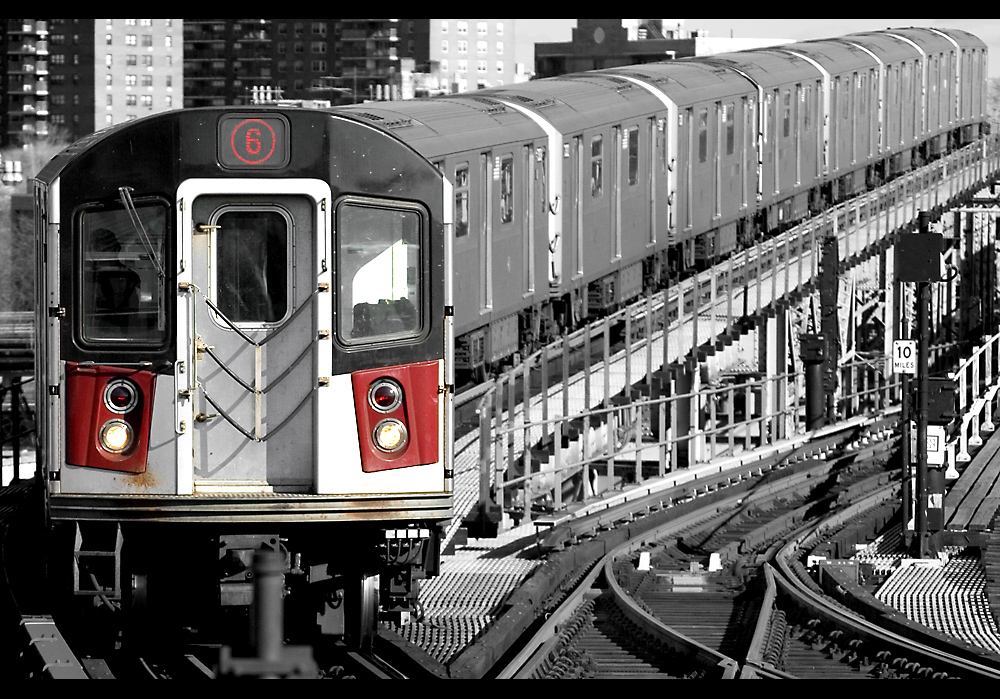This year marks both the 150th anniversary of the end of the Civil War and the 200th anniversary of the conclusion of the War of 1812 -- and the subject of today's postcard is significant to both.
Pictured above is Castle Williams on Governor's Island (erroneously called Castle William in the caption). The fortification was designed by Jonathan Williams, the chief surveyor of the army, and named for him in 1810. Williams is also honored in the name of the Williamsburg neighborhood in Brooklyn, the street plan of which he laid out in 1802.
One of many fortifications built in the run-up to the War of 1812 to protect New York harbor, Castle Williams saw no action at the time because New York City managed to avoid the conflict. Unlike its companion on Manhattan, Castle Clinton, which was quickly transformed for civilian use, this fort stayed in the hands of the military, as Govenors Island was an important army base at the time. During the Civil War, the castle was first used as a barracks and later as a POW camp for Confederate soldiers.
Free, ticketed tours are now offered in the summer when Governors Island is open to the public, which permit visitors to climb to the top level of the fort.
If you are interested in finding out about other extant Civil War sites around the city, check out this piece James wrote for Curbed back in November.
Explore more NYC history in
If you haven't had a chance to pick up a copy of Footprints yet,



.jpg)
%2B(courtesy%2Bof%2Bthe%2BLibrary%2Bof%2BCongress)%2B(1).jpg)
%2B(1).jpg)


